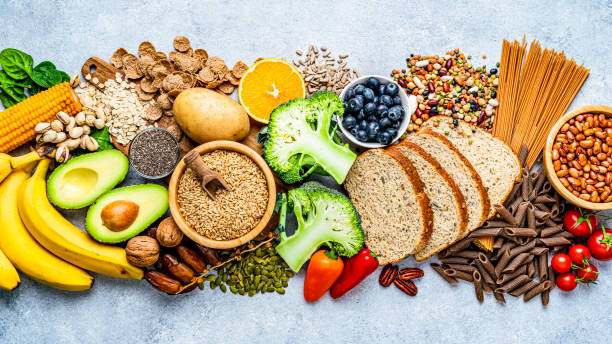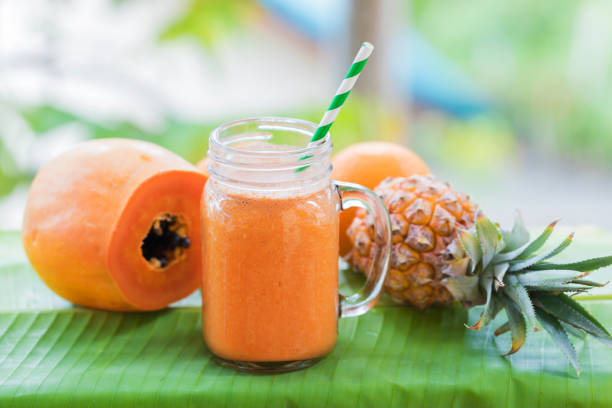In the pursuit of optimal health and wellness, it’s essential to recognize the profound connection between mental and physical well-being. While physical health often takes centre stage in discussions about health and fitness, mental health plays an equally crucial role in overall well-being. Mental health refers to a person’s emotional, psychological, and social well-being . it encompasses the way individual think, feel, and behave, as well as how they cope with stress, relate to others, and make choices in their daily lives. Mental health influences every aspect of a person’s life, including their relationship, work, physical health, and overall of life. In this blog post, we’ll explore the significance of mental health for physical health and the importance of adopting a holistic approach to well-being that addresses both aspects of health. 1. Mind-Body Connection: The mind and body are intricately connected, with each exerting a significant influence on the other. Mental health issues such as stress, anxiety, depression, and trauma can manifest physically in the form of headaches, muscle tension, digestive problems, and weakened immune function. Likewise, physical ailments and chronic conditions can impact mental well-being, leading to feelings of frustration, sadness, and hopelessness. 2. Impact on Physical Health: Poor mental health can have far-reaching consequences for physical health. Chronic stress, for example, can weaken the immune system, increase inflammation, raise blood pressure, and contribute to the development of cardiovascular disease, diabetes, and other chronic conditions. Mental health disorders such as depression and anxiety are also associated with higher rates of obesity, metabolic syndrome, and compromised immune function. 3. Healthy Coping Mechanisms: Cultivating good mental health is essential for developing healthy coping mechanisms to manage stress, adversity, and life’s challenges. Practices such as mindfulness meditation, deep breathing exercises, journaling, and spending time in nature can help reduce stress, promote relaxation, and enhance resilience. Engaging in activities that bring joy, fulfillment, and a sense of purpose can also have a positive impact on mental well-being. 4. Positive Lifestyle Habits: Adopting positive lifestyle habits is crucial for promoting both mental and physical health. Regular exercise, adequate sleep, nutritious diet, and limiting alcohol and substance use are foundational pillars of well-being that support overall health. Exercise, in particular, has been shown to have profound benefits for mental health by increasing neurotransmitter levels, reducing stress hormones, and promoting the release of endorphins, the body’s natural feel-good chemicals. 5. Seeking Support and Treatment: It’s important to recognize when additional support or treatment is needed to address mental health concerns. Seeking professional help from a therapist, counsellor, or psychiatrist can provide valuable support and resources for managing mental health issues. Medication, therapy, and other evidence-based interventions can help alleviate symptoms and improve overall quality of life for those struggling with mental health disorders. 6. Stigma and Awareness: Despite growing awareness and advocacy efforts, stigma surrounding mental health continues to persist, preventing many individuals from seeking help or disclosing their struggles. Promoting open dialogue, education, and awareness about mental health is essential for reducing stigma, fostering understanding, and creating supportive environments where individuals feel comfortable seeking help and support. 7. Holistic Approach to Well-Being: Taking a holistic approach to well-being that addresses both mental and physical health is key to achieving overall wellness. By nurturing our mental health through self-care practices, healthy coping mechanisms, and seeking support when needed, we can enhance our resilience, vitality, and quality of life. Recognizing the interconnectedness of mind and body allows us to cultivate a balanced and harmonious relationship with ourselves and the world around us. Some of the main causes of mental health issues include: 1. Biological Factors: Genetics and neurobiology play significant roles in mental health. Certain genetic predispositions may increase susceptibility to mental illnesses, while abnormalities in brain structure or function, neurotransmitter imbalances, hormonal fluctuations, and chemical imbalances can also contribute to the development of mental health disorders. 2. Trauma and Adverse Childhood Experiences: Exposure to trauma, abuse, neglect, or other adverse childhood experiences can have long-lasting effects on mental health. Childhood trauma can disrupt healthy brain development, impair emotional regulation, and increase the risk of developing mental health disorders such as depression, anxiety, PTSD, and substance abuse later in life. 3. Stressful Life Events: Major life stressors such as loss, bereavement, divorce, financial difficulties, job loss, or significant life transitions can trigger or exacerbate mental health issues. Chronic stress can overwhelm coping mechanisms, disrupt physiological processes, and contribute to the development of mood disorders, anxiety disorders, and other mental health conditions. 4. Environmental Factors: Environmental factors such as exposure to toxins, pollution, environmental stressors, or living in unsafe or unstable environments can impact mental health. Socioeconomic factors, including poverty, discrimination, social isolation, inadequate housing, and lack of access to healthcare, can also contribute to mental health disparities and inequalities. 5. Family History and Early Development: A family history of mental illness or a personal history of early childhood adversity, trauma, or attachment disruptions can increase the risk of developing mental health issues. Early developmental experiences and attachment patterns can shape brain development, emotional regulation, and interpersonal relationships, influencing mental health outcomes later in life. In conclusion, mental health is a vital component of overall well-being that profoundly influences physical health, quality of life, and resilience in the face of adversity. By prioritizing mental health, adopting healthy coping mechanisms, seeking support when needed, and fostering awareness and understanding, we can cultivate a holistic approach to well-being that nourishes mind, body, and spirit. Let us strive to embrace the interconnectedness of mental and physical health and prioritize self-care practices that promote flourishing and vitality in all aspects of our lives.










